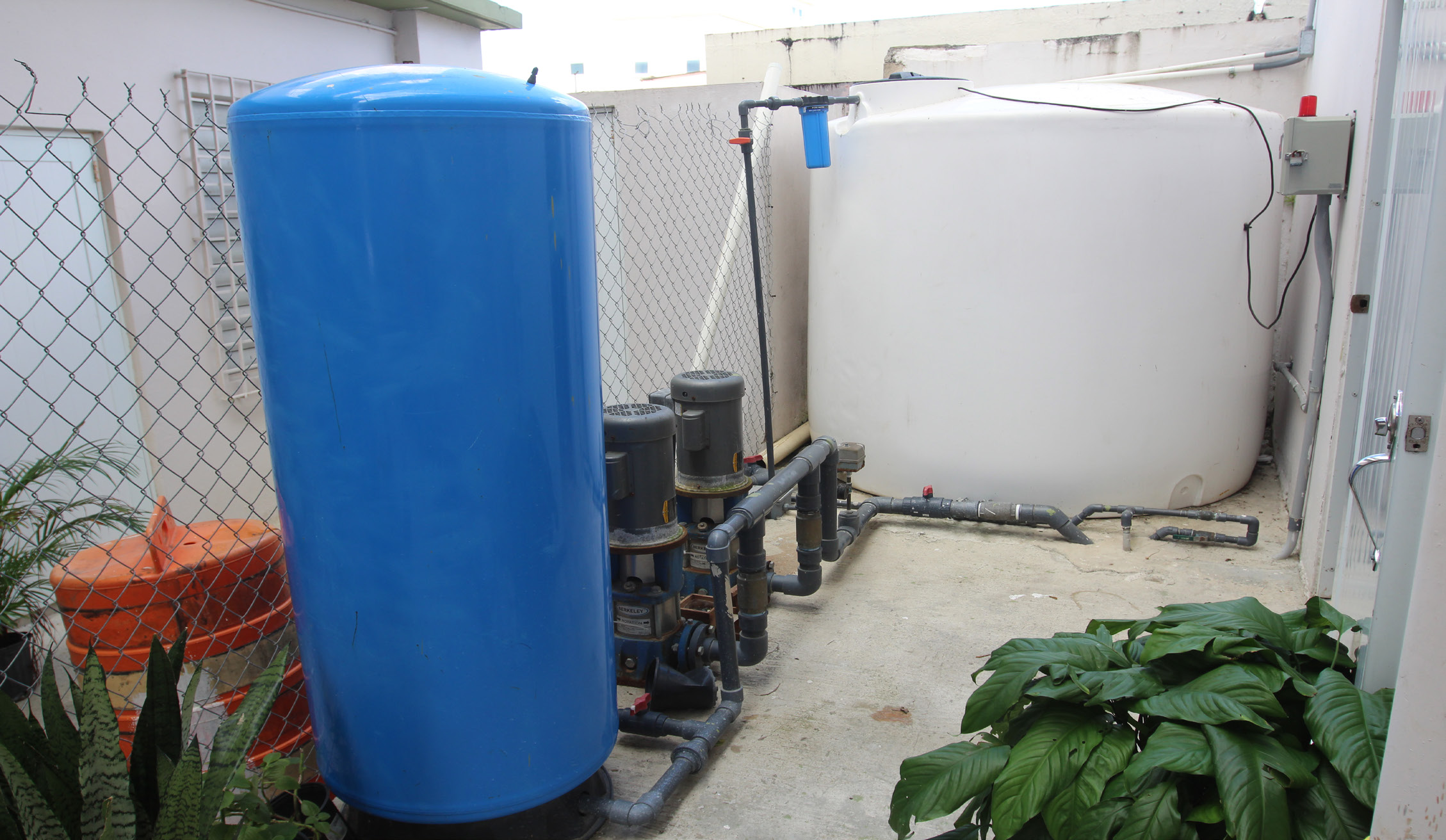5 WATER MANAGEMENT AND STORAGE
INTRODUCTION
During storms and other natural hazard events, drinking water -or “potable” water- can become scarce or contaminated, and non-potable water such as waste from sinks and toilets may have nowhere to go. Managing water resources to create a resilient household or residential building is critical to supporting household, building and community resilience.
Puerto Rico has some of the most abundant water resources on earth, with 1200 freshwater bodies irrigating it from mountain to coast, andan average of 30 to 170 inches of rainwater annually, depending on the area. However, there is not yet enough water treatment infrastructure to purify or distribute this water. This can leave homes and housing vulnerable to interruptions in potable water supply. Additionally, an interruption of electrical service, a fractured distribution pipe or a contaminated reservoir can jeopardize water security during a natural hazard event - which drives home the importance of taking resilient water management into our own hands.

HOW DO WE USE WATER
Residential buildings manage water in two ways: ”intake,” or supply of potable water, and “outtake,” or discharge of non-potable water.
|  |

